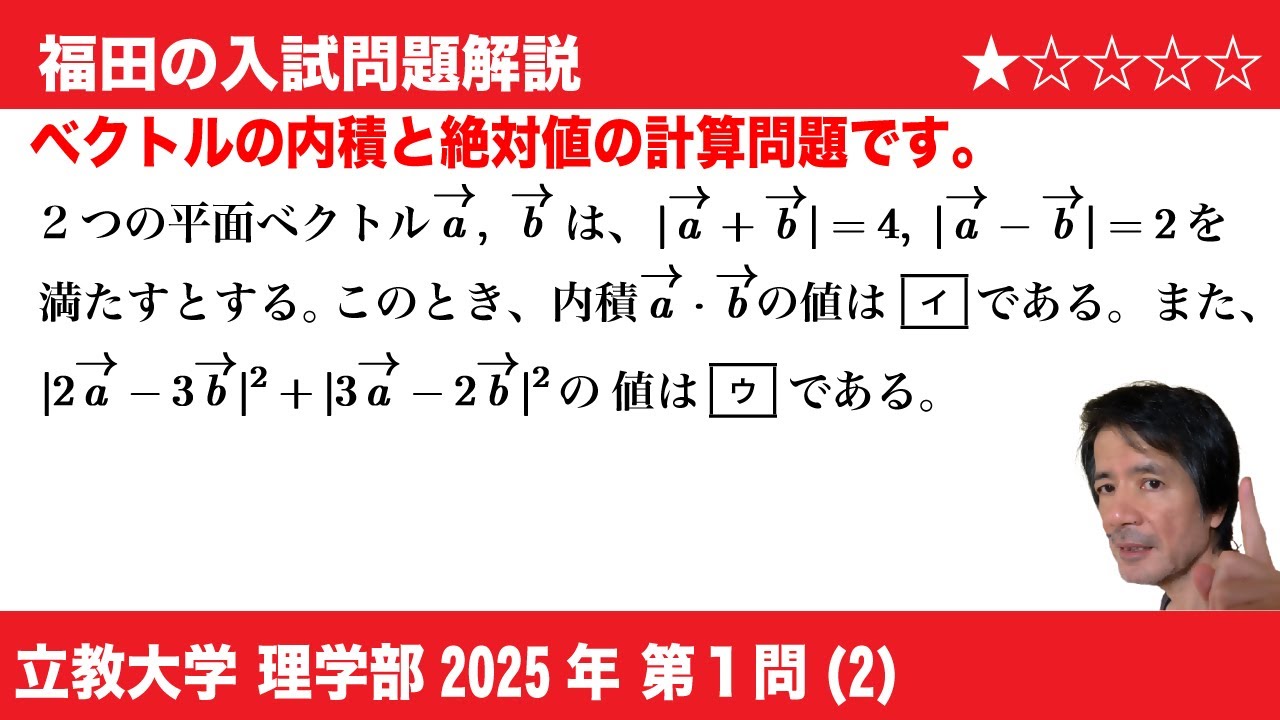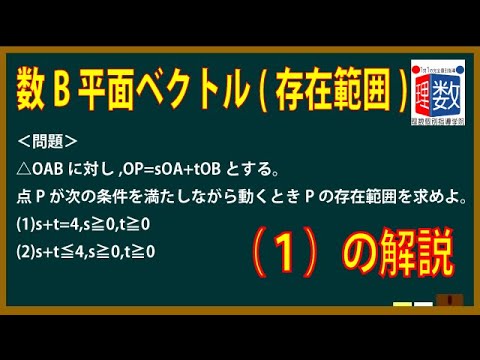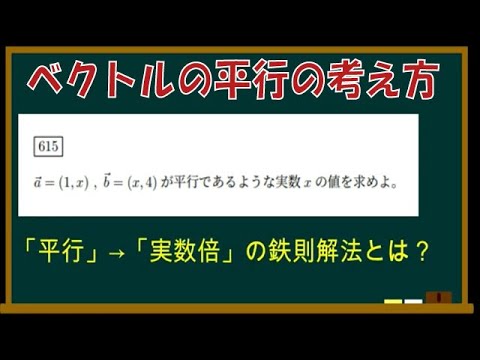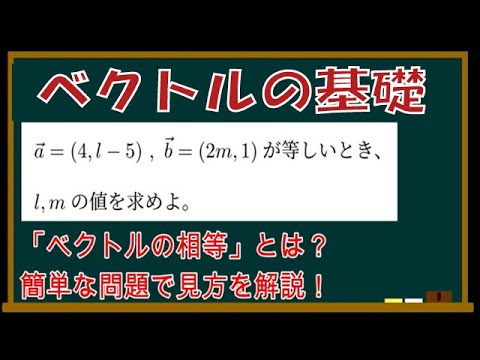問題文全文(内容文):
(1)$\overrightarrow{ a }=(\sqrt3,0,1)$とする。
空間ベクトル$\overrightarrow{ b }, \overrightarrow{ c }$はともに大きさが1であり、
$\overrightarrow{ a }∟\overrightarrow{ b }, \overrightarrow{ b }∟\overrightarrow{ c }, \overrightarrow{ c }∟\overrightarrow{ a }$とする。
$(\textrm{i})p,q,r$を実数とし、$\overrightarrow{ x }=p\overrightarrow{ a }+q\overrightarrow{ b }+r\overrightarrow{ c }$とするとき、
内積$\overrightarrow{ x }・\overrightarrow{ a }$と$\overrightarrow{ x }$の大きさ$|\overrightarrow{ x }|$をp,q,rを用いて表すと、
$\overrightarrow{ x }・\overrightarrow{ a }=\boxed{\ \ ア\ \ },|\ \overrightarrow{ x } \ |=\boxed{\ \ イ\ \ }$である。
$(\textrm{ii})(5,0,z)=s\overrightarrow{ a }+(\cos\theta)\overrightarrow{ b }+(\sin\theta)\overrightarrow{ c }$を満たす実数$s,\theta$が存在するような
実数zは2個あるが、それらを全て求めると$z=\boxed{\ \ ウ\ \ }$である。
2022慶應義塾大学理工学部過去問
(1)$\overrightarrow{ a }=(\sqrt3,0,1)$とする。
空間ベクトル$\overrightarrow{ b }, \overrightarrow{ c }$はともに大きさが1であり、
$\overrightarrow{ a }∟\overrightarrow{ b }, \overrightarrow{ b }∟\overrightarrow{ c }, \overrightarrow{ c }∟\overrightarrow{ a }$とする。
$(\textrm{i})p,q,r$を実数とし、$\overrightarrow{ x }=p\overrightarrow{ a }+q\overrightarrow{ b }+r\overrightarrow{ c }$とするとき、
内積$\overrightarrow{ x }・\overrightarrow{ a }$と$\overrightarrow{ x }$の大きさ$|\overrightarrow{ x }|$をp,q,rを用いて表すと、
$\overrightarrow{ x }・\overrightarrow{ a }=\boxed{\ \ ア\ \ },|\ \overrightarrow{ x } \ |=\boxed{\ \ イ\ \ }$である。
$(\textrm{ii})(5,0,z)=s\overrightarrow{ a }+(\cos\theta)\overrightarrow{ b }+(\sin\theta)\overrightarrow{ c }$を満たす実数$s,\theta$が存在するような
実数zは2個あるが、それらを全て求めると$z=\boxed{\ \ ウ\ \ }$である。
2022慶應義塾大学理工学部過去問
単元:
#大学入試過去問(数学)#平面上のベクトル#空間ベクトル#ベクトルと平面図形、ベクトル方程式#空間ベクトル#学校別大学入試過去問解説(数学)#慶應義塾大学#数学(高校生)#数C
指導講師:
福田次郎
問題文全文(内容文):
(1)$\overrightarrow{ a }=(\sqrt3,0,1)$とする。
空間ベクトル$\overrightarrow{ b }, \overrightarrow{ c }$はともに大きさが1であり、
$\overrightarrow{ a }∟\overrightarrow{ b }, \overrightarrow{ b }∟\overrightarrow{ c }, \overrightarrow{ c }∟\overrightarrow{ a }$とする。
$(\textrm{i})p,q,r$を実数とし、$\overrightarrow{ x }=p\overrightarrow{ a }+q\overrightarrow{ b }+r\overrightarrow{ c }$とするとき、
内積$\overrightarrow{ x }・\overrightarrow{ a }$と$\overrightarrow{ x }$の大きさ$|\overrightarrow{ x }|$をp,q,rを用いて表すと、
$\overrightarrow{ x }・\overrightarrow{ a }=\boxed{\ \ ア\ \ },|\ \overrightarrow{ x } \ |=\boxed{\ \ イ\ \ }$である。
$(\textrm{ii})(5,0,z)=s\overrightarrow{ a }+(\cos\theta)\overrightarrow{ b }+(\sin\theta)\overrightarrow{ c }$を満たす実数$s,\theta$が存在するような
実数zは2個あるが、それらを全て求めると$z=\boxed{\ \ ウ\ \ }$である。
2022慶應義塾大学理工学部過去問
(1)$\overrightarrow{ a }=(\sqrt3,0,1)$とする。
空間ベクトル$\overrightarrow{ b }, \overrightarrow{ c }$はともに大きさが1であり、
$\overrightarrow{ a }∟\overrightarrow{ b }, \overrightarrow{ b }∟\overrightarrow{ c }, \overrightarrow{ c }∟\overrightarrow{ a }$とする。
$(\textrm{i})p,q,r$を実数とし、$\overrightarrow{ x }=p\overrightarrow{ a }+q\overrightarrow{ b }+r\overrightarrow{ c }$とするとき、
内積$\overrightarrow{ x }・\overrightarrow{ a }$と$\overrightarrow{ x }$の大きさ$|\overrightarrow{ x }|$をp,q,rを用いて表すと、
$\overrightarrow{ x }・\overrightarrow{ a }=\boxed{\ \ ア\ \ },|\ \overrightarrow{ x } \ |=\boxed{\ \ イ\ \ }$である。
$(\textrm{ii})(5,0,z)=s\overrightarrow{ a }+(\cos\theta)\overrightarrow{ b }+(\sin\theta)\overrightarrow{ c }$を満たす実数$s,\theta$が存在するような
実数zは2個あるが、それらを全て求めると$z=\boxed{\ \ ウ\ \ }$である。
2022慶應義塾大学理工学部過去問
投稿日:2022.06.07






